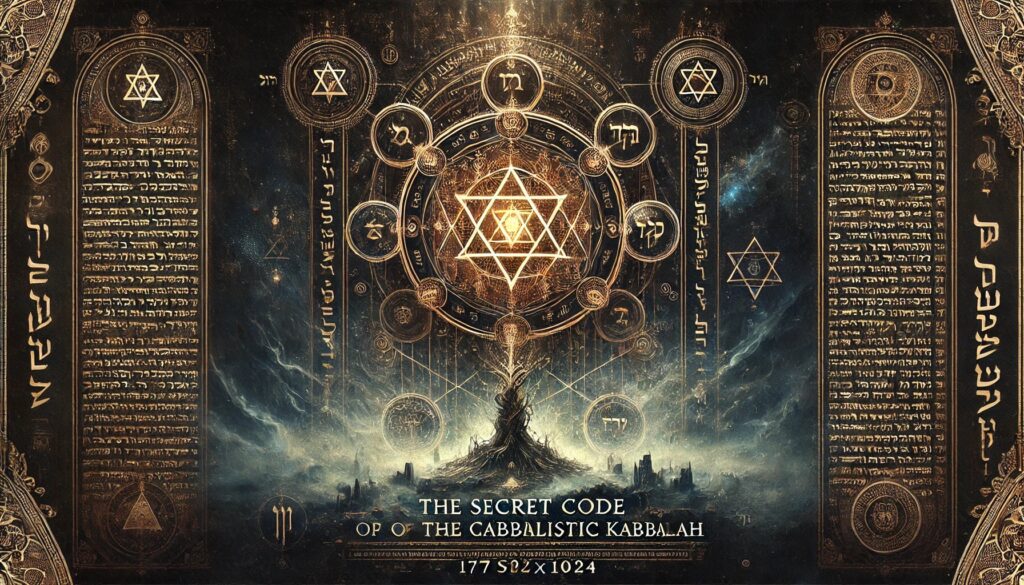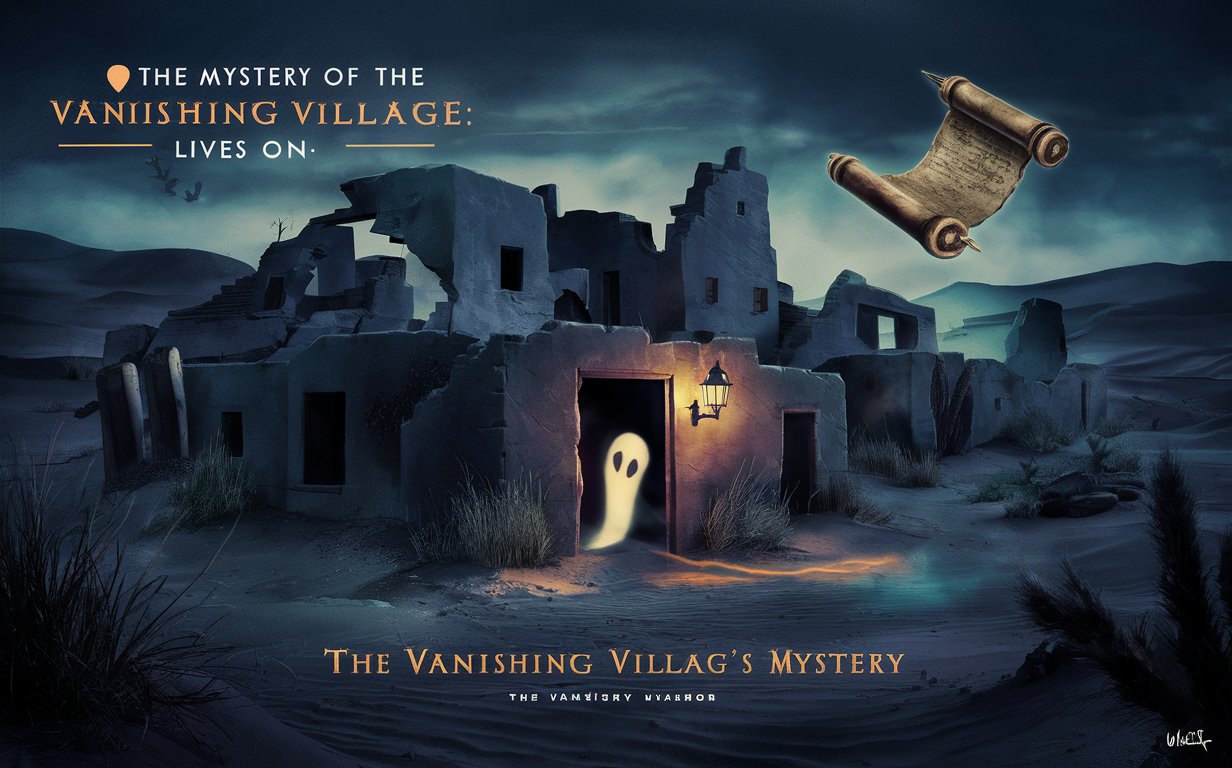The Secret Code of the Cabbalistic Kabbalah

Kabbalah, the ancient Jewish mystical tradition, is a profound and enigmatic system of thought that seeks to unlock the hidden dimensions of the universe, the nature of God, and the mysteries of the human soul. Though its origins date back to the early centuries of the Common Era, Kabbalah has persisted throughout Jewish history and beyond, fascinating scholars, mystics, and even spiritual seekers from various traditions.
At the heart of Kabbalah lies a secret code—a symbolic and numerological system designed to reveal deeper spiritual truths. This “code” is not just a set of cryptic symbols but a complex framework of mystical ideas, divine attributes, and cosmic relationships that can lead to profound spiritual enlightenment. In this article, we will explore the secret code of Cabbalistic Kabbalah, examining its core principles, methods, and the significance of its symbols and numbers.
The Roots of Kabbalah: A Mystical Tradition
Kabbalah traces its origins to the Jewish mystical tradition of the Merkavah (or “chariot”) mysticism, which emerged in the early centuries of the Common Era, particularly around the time of the Talmudic period. This mystical school of thought was focused on the ecstatic experience of the divine and the human soul’s ascent to the celestial realms.
However, Kabbalah as it is known today began to take shape in the 12th and 13th centuries in Provence, France, and Spain. It reached its peak in the 16th century with the teachings of Rabbi Isaac Luria in Safed, a city in what is now Israel. Lurianic Kabbalah, in particular, introduced new concepts of creation, divine emanations, and the process of “repairing” the world (Tikkun Olam), which would influence both Jewish and non-Jewish mysticism in the centuries to follow.
The term Kabbalah itself comes from the Hebrew word Qabbalah (קַבָּלָה), meaning “received tradition,” which indicates that the teachings are passed down through a secret or oral tradition.
The Tree of Life: A Blueprint of Creation
Central to Kabbalah is the Tree of Life (Etz Chaim), a symbolic diagram representing the structure of the universe and the pathway to divine wisdom. The Tree of Life consists of ten interconnected spheres known as the Sefirot (סְפִירוֹת). Each Sefirah represents a different attribute or emanation of God through which creation unfolds and interacts with the material world. These Sefirot are not just abstract concepts but are also associated with specific divine energies, emotional states, and even human qualities.
The Ten Sefirot and Their Mystical Meanings
- Keter (Crown): The highest and most abstract Sefirah, representing the divine will or the source of all creation. It is often associated with the infinite and unknowable aspect of God.
- Chochmah (Wisdom): Represents the initial burst of creative thought or the spark of divine wisdom that gives rise to all subsequent manifestations in the world.
- Binah (Understanding): Represents analytical thought and the ability to discern and process wisdom, bringing structure and form to the divine plan.
- Chesed (Kindness): The divine attribute of loving-kindness and generosity. It is the force of expansion and flow in the world.
- Gevurah (Severity): Represents judgment, discipline, and the force that limits and constrains. Gevurah ensures balance and harmony by applying boundaries.
- Tiferet (Beauty): The harmonious balance between Chesed and Gevurah, symbolizing the integration of mercy and judgment. Tiferet is associated with compassion and truth.
- Netzach (Eternity): Represents endurance, victory, and the overcoming of obstacles. It is the force of perseverance that propels the world forward.
- Hod (Glory): Represents submission, humility, and surrender to the divine will. It complements Netzach by providing the intellectual structure to support endurance.
- Yesod (Foundation): The connector or foundation that grounds all the other Sefirot, channeling divine energy into the material world. It is the bridge between the spiritual and the physical.
- Malkuth (Kingdom): The final Sefirah, symbolizing the material world and the manifestation of all divine energies into physical reality. Malkuth represents the Shekhinah, the feminine aspect of God’s presence in the world.
These ten Sefirot form the basis of the Tree of Life, and each path between them represents a dynamic and spiritual journey of inner growth and understanding. The Tree of Life serves as a guide for spiritual seekers, providing a map of the soul’s ascent toward divine enlightenment.
The Mystical Language of Numbers: Gematria
Another key component of Kabbalah’s secret code is the use of numbers to unlock deeper meanings in sacred texts, a practice known as Gematria. Gematria is a system in which letters of the Hebrew alphabet are assigned numerical values, and these values are used to derive hidden meanings from words and phrases in the Torah and other religious texts.
In Gematria, each Hebrew letter has a specific numerical value:
- Aleph (א) = 1
- Bet (ב) = 2
- Gimel (ג) = 3
- Daled (ד) = 4
- Hey (ה) = 5
- Vav (ו) = 6
- Zayin (ז) = 7
- … and so on, up to Tav (ת) = 400.
Kabbalists use the numerical values of words to reveal hidden connections and deeper layers of meaning within the Torah. For example, the word for “life” in Hebrew, Chayim (חיים), has a numerical value of 68, which is also the numerical value of the word Ratzon (רצון), meaning “will” or “desire.” This connection suggests that life itself is intimately tied to the divine will or the desire of God.
Gematria also allows for the discovery of hidden relationships between words that may not be immediately apparent. Through these numerical correspondences, Kabbalists believe that one can unlock the secrets of the universe and divine order.
The Concept of Divine Emanations and the Zohar
At the heart of Kabbalistic teachings is the concept of Divine Emanation—the idea that the infinite God (Ein Sof) gradually manifests in a series of stages to form the reality we experience. This idea is explored in one of the most important texts of Kabbalah, the Zohar.
The Zohar (meaning “splendor” or “radiance”) is a mystical commentary on the Torah, traditionally attributed to Rabbi Shimon bar Yochai, though it was actually written in 13th-century Spain by the Kabbalist Moses de Leon. The Zohar is considered the foundational text of Lurianic Kabbalah, and it describes the process by which God’s divine light, originally unmanifested, is gradually “filtered” and “concealed” through various stages of emanation before entering the world.
The Zohar discusses the process of Tzimtzum—God’s act of self-contraction to make space for creation—and the subsequent Shevirat ha-Kelim (shattering of the vessels), which is a metaphor for the primordial spiritual collapse that leads to the scattering of divine light throughout the world. The process of repair, Tikkun Olam, involves humans working to restore balance and harmony to the world by recovering these fragmented divine sparks.
The Path of the Kabbalist: The Journey Toward Divine Union
Kabbalistic teachings emphasize that the study of its mysteries is not just an intellectual pursuit, but a spiritual journey. The goal of the Kabbalist is to achieve union with the Divine, to transcend the material world and ascend toward divine knowledge, ultimately realizing one’s true nature as part of the divine whole. This path involves meditation, prayer, contemplation of the sacred texts, and the purification of the self.
One important practice in Kabbalah is Hitbodedut, or solitary meditation, in which the practitioner seeks to connect directly with God through prayer and contemplation. This practice often involves the use of sacred names of God, which are believed to have powerful mystical properties.
The Secret Code Today: Kabbalah in the Modern World
While Kabbalah’s secret codes, symbols, and teachings were once only available to a select few, today there has been a growing interest in Kabbalistic ideas, particularly among non-Jewish spiritual seekers. Books, courses, and teachings about Kabbalah have proliferated, and many are drawn to its deep philosophical insights and its quest for personal transformation. However, traditional Kabbalists maintain that true understanding of the mysteries of the universe can only be achieved through rigorous study, ethical living, and spiritual discipline.
The secret code of Kabbalah remains a powerful tool for unlocking the hidden mysteries of existence, offering a pathway to greater spiritual awareness, and providing a map for those seeking to understand the divine order of the cosmos.
Conclusion: The Enigmatic Wisdom of Kabbalah
The secret code of Cabbalistic Kabbalah is a rich and intricate tapestry of symbols, numbers, and spiritual principles designed to unveil the hidden aspects of reality.



Post Comment